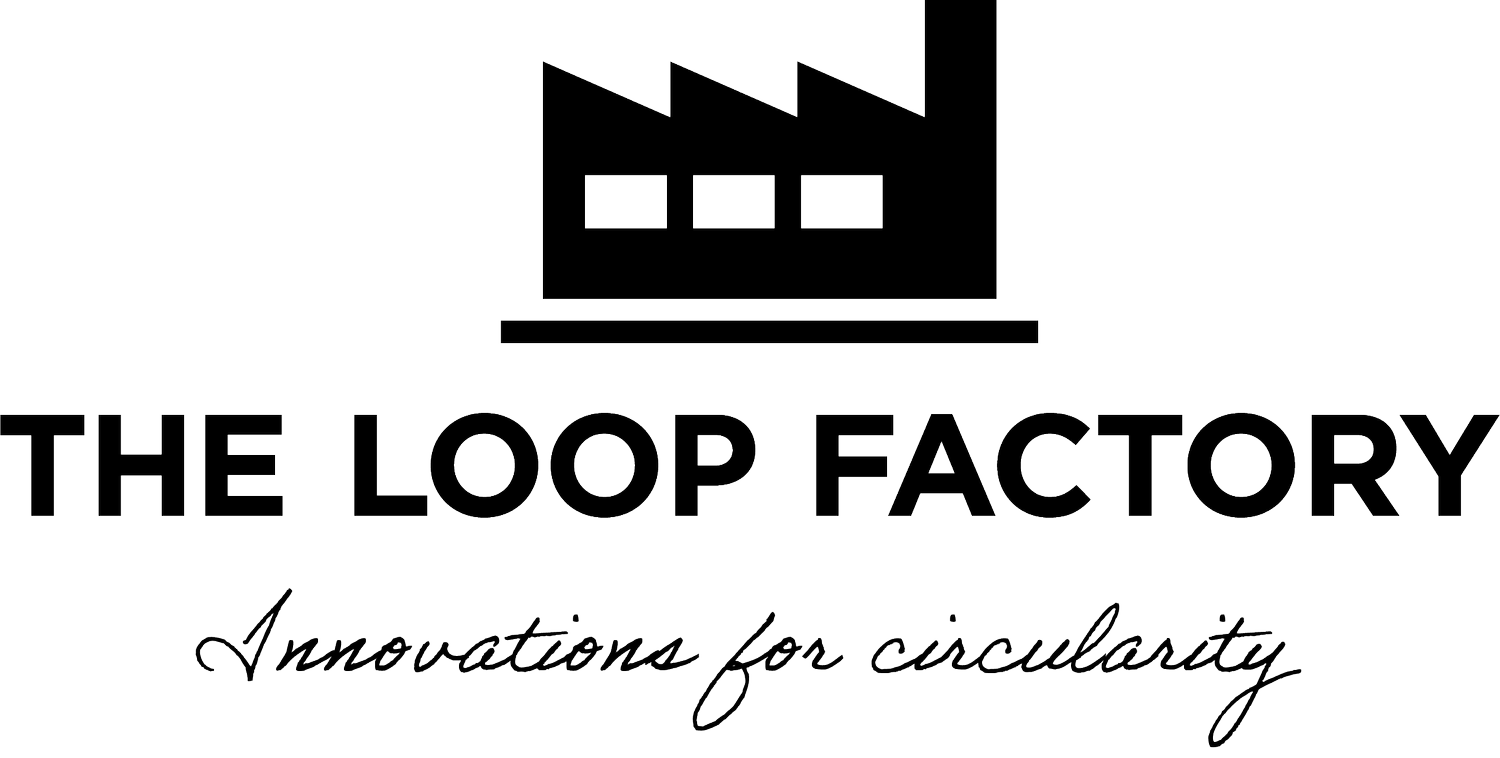Is there a solution for textile waste?
H&M was recently scrutinised for their poor handling of collected textiles. Instead of reusing, the collected garments were shredded or sent overseas. This opens up a dialogue about circularity in textiles, is it really as easy as some companies make it out to be? What does the industry still struggle with? And what can you as a consumer contribute to?
The textile waste problem is growing. Every year, people in Europe use about 11 million tonnes of textiles, but only 2.8 million tonnes are collected for reuse or recycling (Euratex, 2020). Globally, only 25% of textiles are collected, while 73% are burned or end up in landfills, and less than 1% are recycled into new textiles (Ellen MacArthur Foundation, 2017). To tackle this, the European Waste Directive was introduced in May 2018, requiring EU countries to have separate textile collection systems by January 1, 2025, including post-consumer textiles and residual waste from industries and organisations.
In March 2022, the EU launched its plan for sustainable and circular textiles to push for more responsible textile production and disposal (European Commission, 2022). More recently, on July 5, 2023, the EU proposed mandatory Extended Producer Responsibility (EPR) schemes for textiles across all member states (European Commission, 2023). This aims to make producers more accountable, aligning with waste directives focusing on managing waste at its source and reshaping the textile value chain. As a result, collected textiles will significantly increase, requiring more sorting facilities and better recycling technologies. It is still a complex issue despite commitments to improve textile collection, reuse, and recycling.
LESSONS FROM PAPER RECYCLING FOR TACKLING TEXTILE WASTE
Therefore, many consumers have become sceptical about brands' sustainability claims, with more than half doubting them (Shah, 2023). Investigations such as the one published by Aftonbladet in June 2023, which scrutinised textiles collected by H&M, may increase the scepticism towards the brands. The findings revealed that ten garments, suitable for continued use, were either shredded or shipped to countries such as Benin and India, both grappling with significant textile waste challenges (Lindberg, 2023). While holding brands accountable is essential, we must remember that achieving circularity in textiles is far from straightforward. Reflecting on paper recycling, we see that change requires time and effort. The European Declaration on paper recycling, initiated in 1998, has yielded a 37% increase in recycling rates, amounting to 14.9 million tonnes by 2020, making paper and cardboard the most recycled packaging materials in Europe (European Paper Recycling Council, 2022).
Even though textile recycling presents a much more complex challenge than paper, we can use the positive developments in paper recycling as a role model, showing our ability to make a difference when necessary. After collecting textiles, the main challenge is finding effective ways to handle the waste. The current capacity is not enough, leading to increasing textile exports. Mixed fibre blends and decreased fibre quality post-use add to the complexity, making recycling harder and sometimes compromising the quality and durability of new products. This complicates recycling efforts, particularly when attempting to reintroduce textiles into their original streams. For example, worn-out polycotton denim may not be suitable for recycling into new denim due to the limited percentage of the product that can be effectively recycled after undergoing various processes, thus leaving a significant portion as waste.
To improve, we must explore alternative methods to ensure all materials are used efficiently. This means adopting diverse recycling approaches tailored to different waste streams for better resource management. As we navigate this transition, staying hopeful and driven by ongoing initiatives is important. Collaborative efforts continue to explore ways to reintegrate textile waste into extended lifecycles. Alarming statistics should push us to develop innovative solutions for a more circular and sustainable industry. While uncertainties remain, progress is possible today. Consuming and producing textiles more thoughtfully is a crucial first step towards sustainable change. Many textiles are so inexpensive that replacing them seems easier than maintaining them, but this convenience has a huge environmental cost.
EMBRACING INNOVATIVE RECYCLING FOR A SUSTAINABLE TEXTILE FUTURE
To restore value to our products, we must care for and repair them whenever possible. When no longer in use, textiles can find new life through resale platforms or voluntary organisations, benefiting others and mitigating waste. Ensure textiles are clean before donating, as sorting facilities often can't wash items, leading to unnecessary discards. When using collection boxes, make sure to use sealed bags to prevent moisture damage. If you have worn out your textiles, you are on the right track, as one of the biggest issues today is that we are using garments for increasingly shorter periods. Explore your local recycling stations, many facilities already accept textile donations for repurposing and recycling.
In conclusion, we face a complex challenge regarding circularity in the fashion industry. Despite the many remaining obstacles, including technical and logistical challenges, there is hope and potential for change. We can create a more sustainable future by following the example of other recycling successes, such as paper, and by implementing comprehensive and responsible solutions. As consumers, we can contribute by making more conscious choices, caring for and repairing our clothes, and supporting and participating in reuse and recycling initiatives. By taking these steps together, we can reduce environmental impact and work towards a circular economy where textile waste is transformed into resources rather than burdening our planet.
//MOA ERIKSSON - INTERN AND ROOS MULDER - DEVELOPMENT ENGINEER
sources
EURATEX - (2020) ‘ReHubs – a joint initiative for industrial upcycling of textile waste streams & circular materials’. (Accessed: 02 May 2024)
ELLEN MACARTHUR FOUNDATION (2017) ‘A new textiles economy: Redesigning fashion’s future’. (Accessed: 02 May 2024)
EUROPEAN PARLIAMENT (2018), DIRECTIVE (EU) 2018/851. (Accessed: 02 May 2024)
EUROPEAN COMMISSION (2022), EU strategy for sustainable and circular textiles. (Accessed: 02 May 2024)
EUROPEAN COMMISSION (2023), Circular economy for textiles: taking responsibility to reduce, reuse and recycle textile waste and boosting markets for used textiles. (Accessed: 02 May 2024)
EUROPEAN PAPER RECYCLING COUNCIL (2022), Monitoring report 2022. (Accessed 02 May 2024)
LINDBERG, S. (2023) Aftonbladet’s investigation into H&M’s recycling in 9 points, Aftonbladet. (Accessed: 02 May 2024).
SHAH, K. (2023) More than half of global consumers are sceptical of sustainability claims of most brands, YouGov. (Accessed: 02 May 2024).


